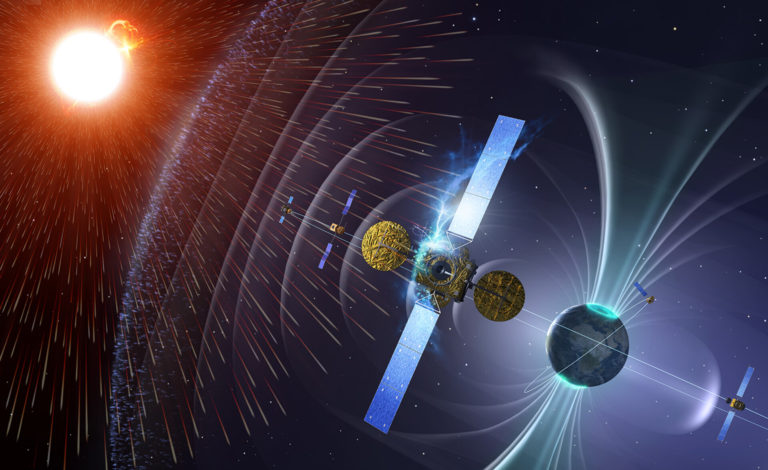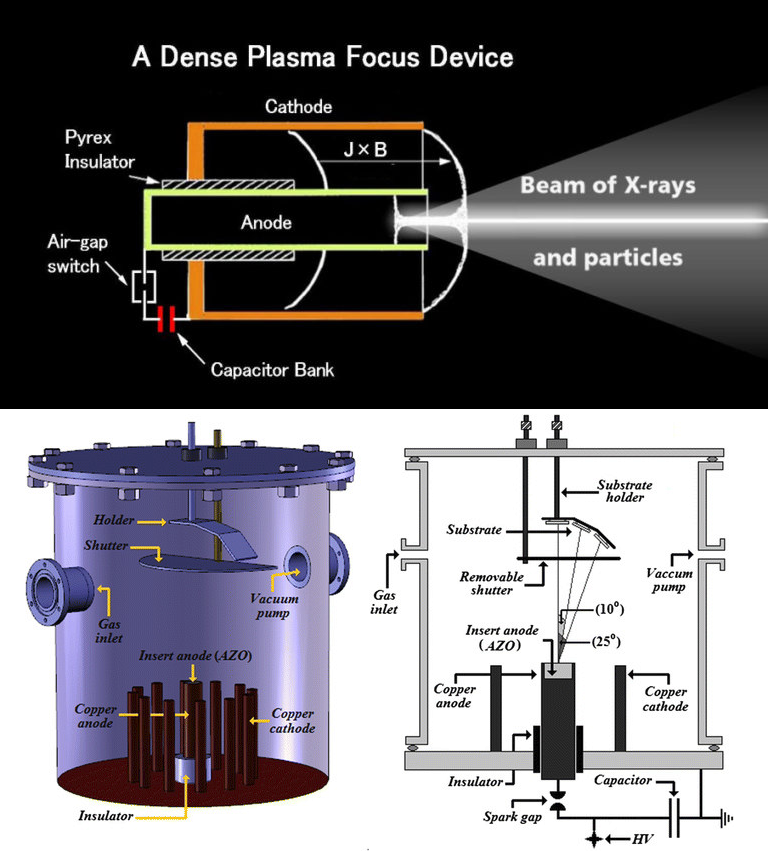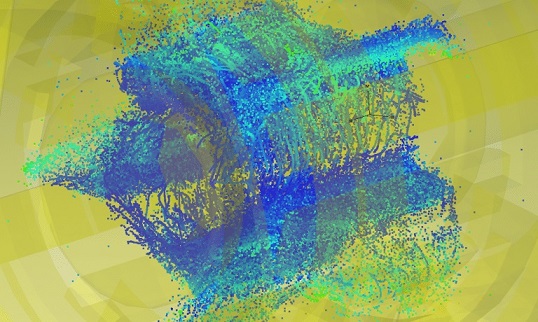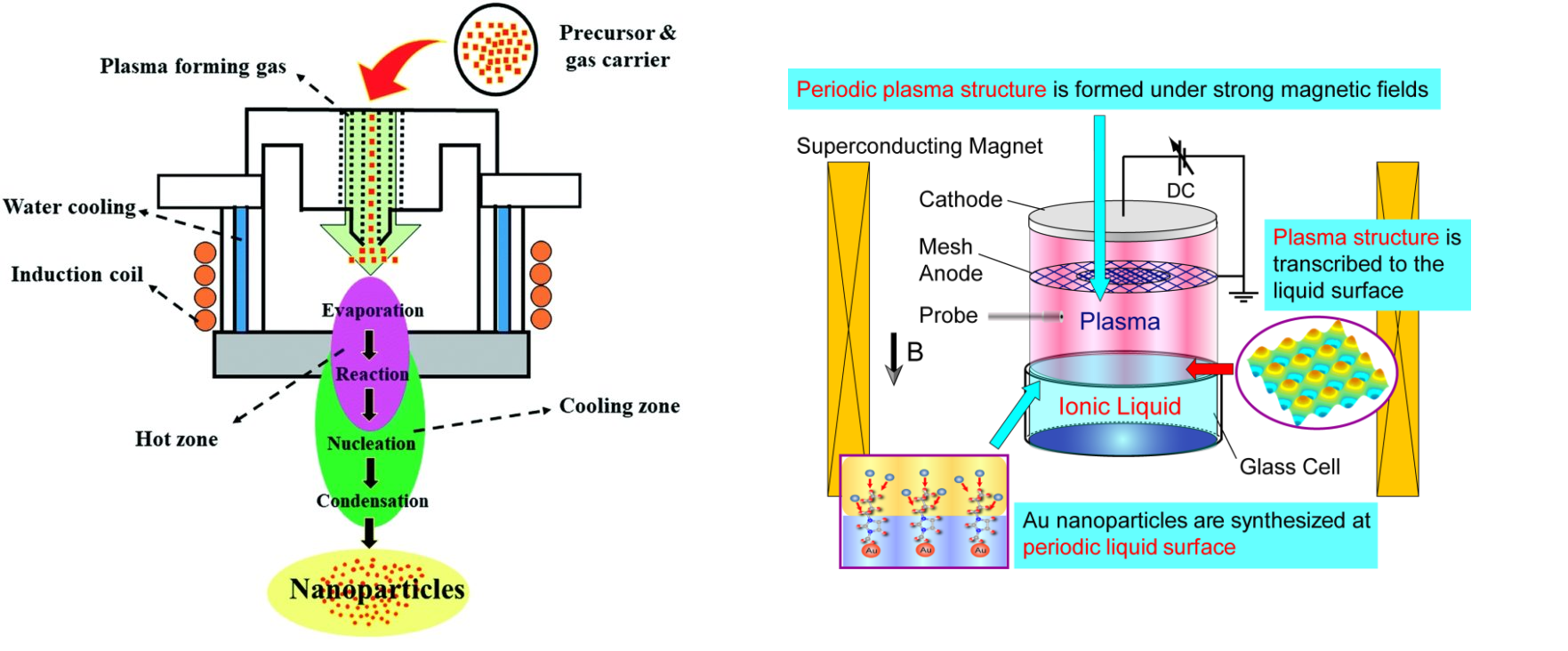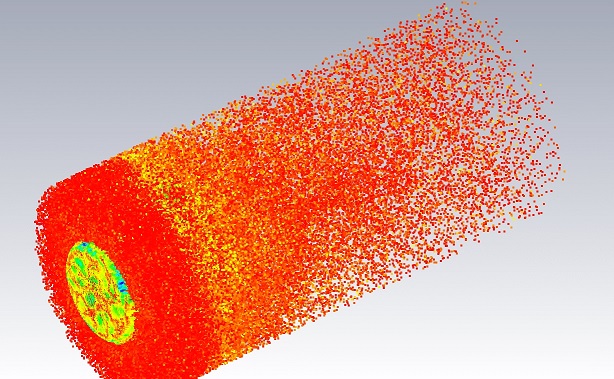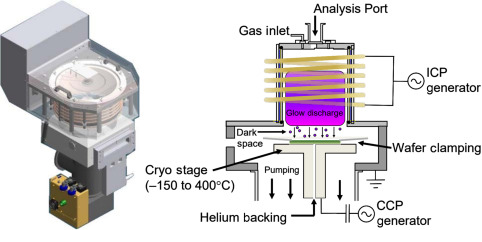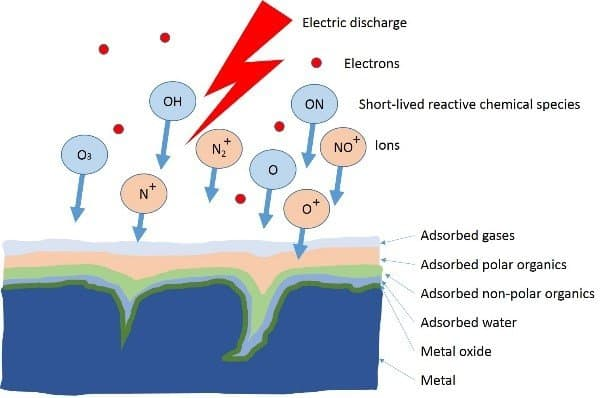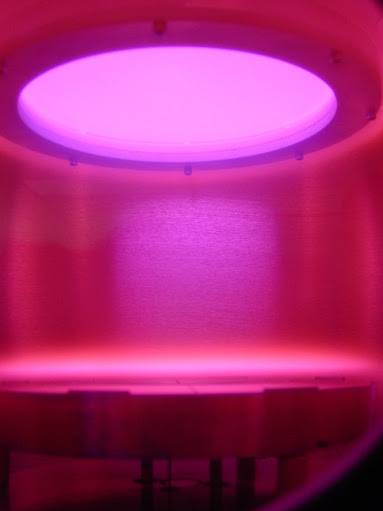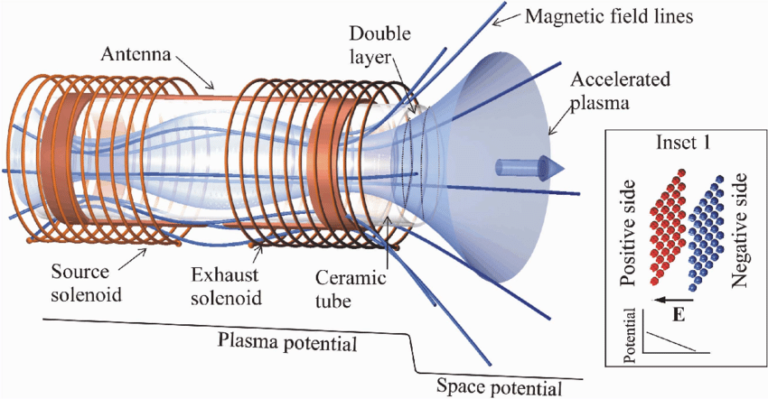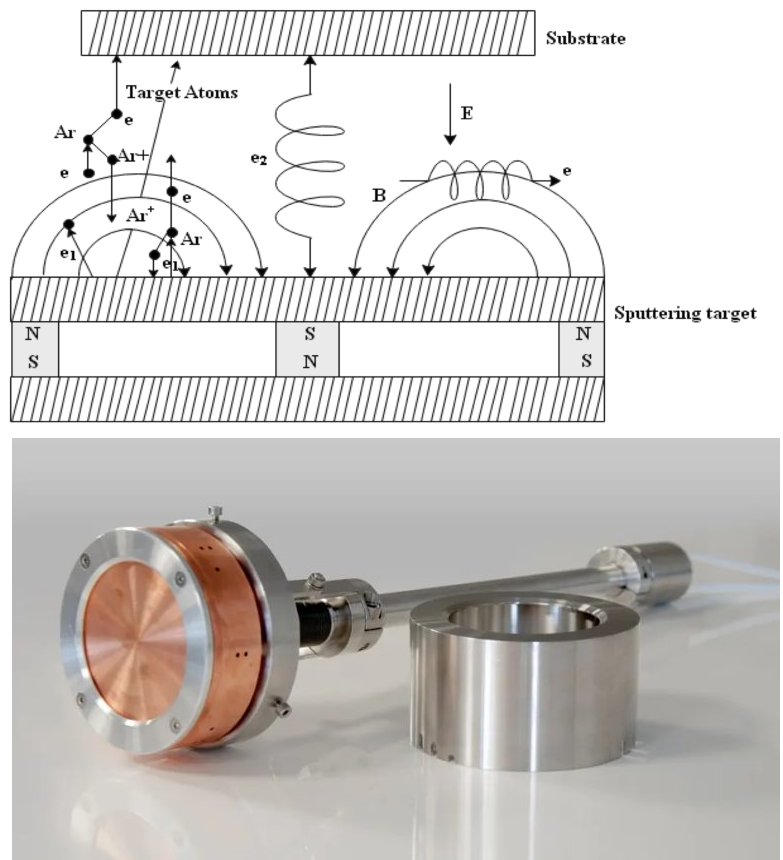A dense plasma focus (DPF) is a plasma machine that produces, by electromagnetic acceleration and compression, short-lived plasma that is so hot and dense that it becomes a copious multi-radiation source. The DPF device has always been in the company of several alternative magnetic fusion devices as it produces intense fusion neutrons.
Several experiments conducted on many different DPF devices ranging over several order of storage energy have demonstrated that at higher storage energy the neutron production does not follow I4 scaling laws and deteriorate significantly raising concern about the device’s capability and relevance for fusion energy. On the other hand, the high energy density pinch plasma in DPF device makes it a multiple radiation source of ions, electron, soft and hard x-rays, and neutrons, making it useful for several applications in many different fields such as lithography, radiography, imaging, activation analysis, radioisotopes production etc.
A great deal of experimental research has been done into the physics of DPF reactions, and there exist mathematical models describing its behavior during the different time phases of the reaction. Two of the phases, known as the inverse pinch and the rundown, are approximately governed by magnetohydrodynamics, and there are a number of well-established codes for simulating these phases in two dimensions or in three dimensions under the assumption of axial symmetry.
our engineering and scientific team can cover and develop new packages and software to simulate most complex problems in plasma dynamics including dense plasma focus (DPF) .
